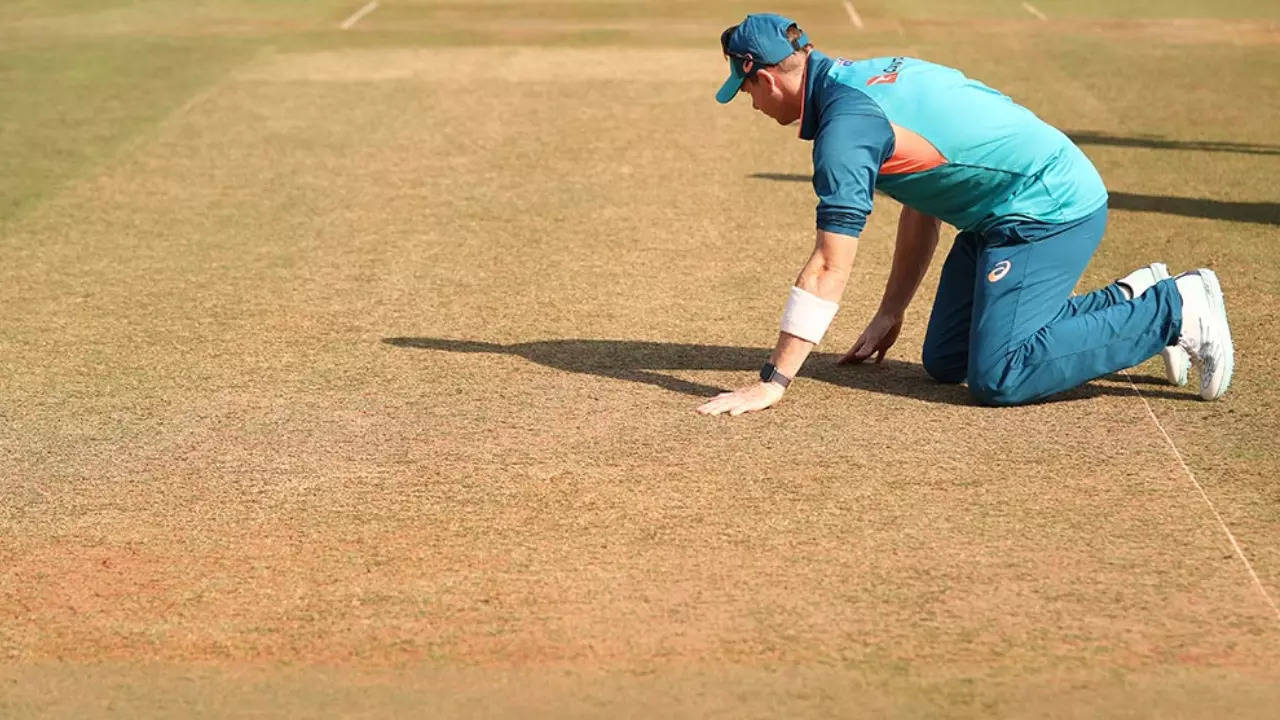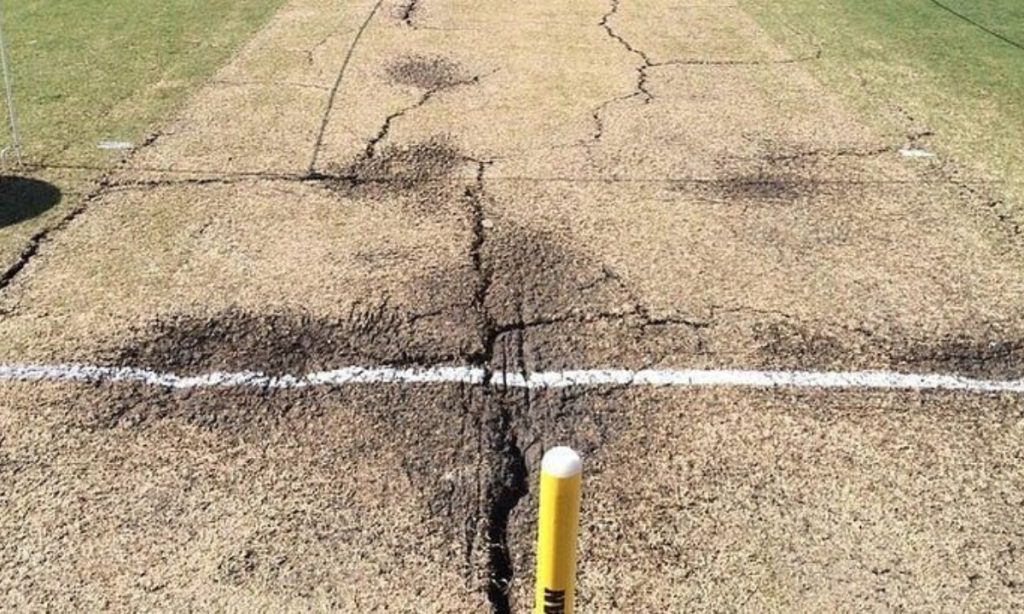How ICC Gives Rating To Pitches Around The World: India’s pitches in Nagpur and Delhi for the first two Tests of the ongoing Border-Gavaskar Trophy against Australia have received an average rating from the International Cricket Council (ICC). The playing surfaces in India were a subject of huge discussion ahead of the ongoing series.
The pitch at Vidarbha Cricket Association Stadium in Nagpur has received an “average” rating from the governing body of the sport and its match referee, Zimbabwe’s Andy Pycroft. On the other hand, the pitch at the Arun Jaitley Stadium in Delhi has also received an “average” rating by Pycroft. The surface was deemed to be fair if not perfect.

But how are these pitches ranked by the ICC? How such ratings are given in international cricket?
Well, according to ICC’s official website,
“ICC receives a rating on the performance of the pitch and the outfield for every Test Match, One Day International and Twenty20 International played between the countries. Pitches and outfields are marked after the match has ended by the ICC Match Referee on duty at the match.”
“The rating is then provided as feedback to the host Member Board to assist in future pitch and outfield preparations for international matches at the relevant venue”
The performance of pitches and outfields are rated by the match referees as follows:
Very good: The match referee assigns a “very-excellent” rating to pitches that have natural wear that is sufficient to respond to spin later in the game, good carry, minimal seam movement, consistent bounce throughout, and little to no turn on the first two days.
Good: The match referee rates a pitch as “excellent” if it offers average carry with little seam movement, constant bounce during natural wear, and is responsive to spin later in the game.
Above average: The referee assigns a “above-average” rating to a pitch if it consistently offers carry and bounce but lacks carry, bounce, and/or occasional seam movement. The pitch features some turn, but the spinner may expect an average bounce. In terms of carry, bounce, and turn, a “above average” pitch falls far short of “very good.”
Below average: The ‘below-average’ pitch has either very little carry, bounce, or more than the occasional seam movement; or occasionally variable bounce and/or occasionally variable carry, but not excessively or dangerously. The pitch cannot be rated in a higher category if it demonstrates these features.
Poor: A match referee ranks a pitch poor based on any of the following:
– the pitch offers excessive seam movement at any point during the game;
– the pitch exhibits excessive unevenness of bounce for any bowler at any point during the game;
– the pitch provides excessive assistance to spin bowlers, especially early on in the game;
– the pitch exhibits little to no seam movement or turn at any point during the game along with no significant bounce or carry, depriving the bowlers of a fair contest between bat and ball.
Unfit: A pitch may be rated ‘unfit’ if it is dangerous.

Sanctions for substandard (poor) pitches and /or outfields:
1st Occasion: A warning and/or a fine not exceeding $15,000 given together with a directive for appropriate corrective action.
2nd Occasion or further occasions (within a period of five years of the previous finding): a fine not exceeding $30,000 given together with a directive for appropriate corrective action.

